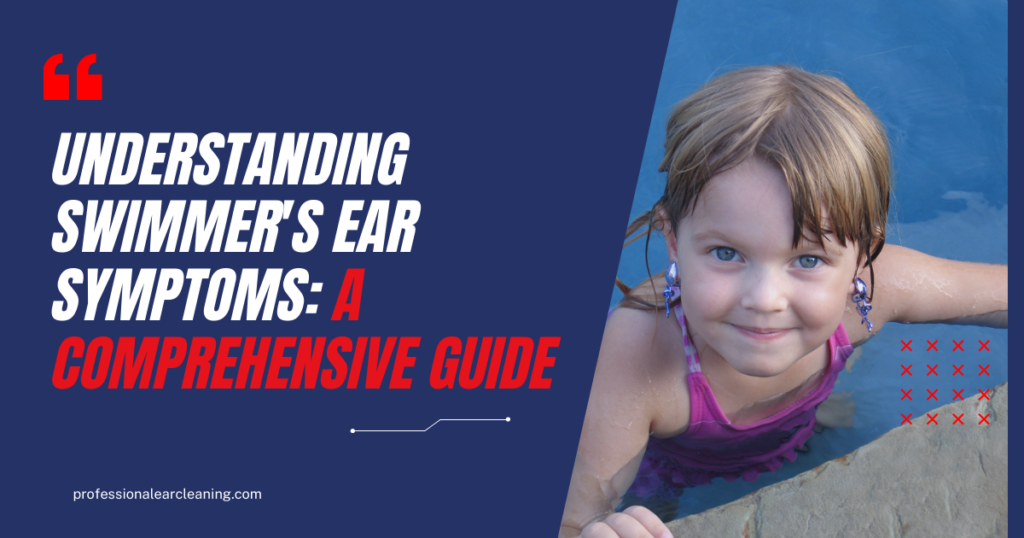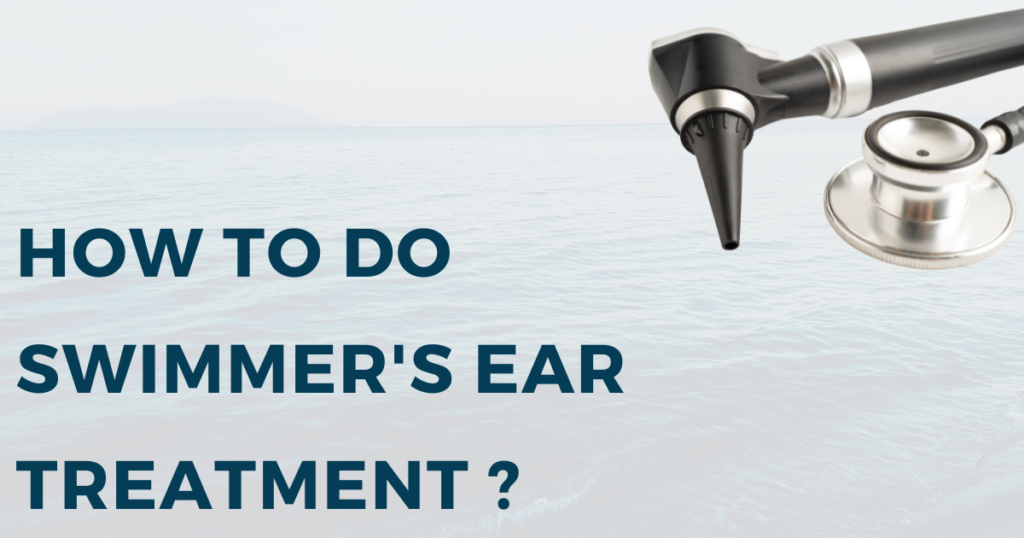Swimmer’s ear, medically known as otitis externa, presents a common condition affecting many individuals, particularly those who frequently engage in water-related activities. Understanding swimmer’s ear symptoms: a comprehensive guide is crucial for prompt recognition and effective treatment. This condition occurs when water remains trapped in the ear canal, fostering an environment conducive to bacterial growth. Awareness of the symptoms can help individuals take necessary precautions, seek medical attention, and prevent complications.
In this article, we will explore the various symptoms associated with swimmer’s ear, detailing how they manifest and what actions to take if you experience them. By recognizing these signs early, you can safeguard your ear health and ensure a swift recovery.
Key Symptoms of Swimmer’s Ear
Ear Pain
One of the most prominent swimmer’s ear symptoms is localized ear pain. Individuals often describe this pain as sharp or throbbing, typically intensifying when touching the outer ear or moving the jaw. This discomfort can disrupt daily activities and affect concentration. It’s vital to monitor the severity of the pain, as increased intensity may indicate a worsening infection.
Itching in the Ear Canal
In addition to pain, itching frequently accompanies swimmer’s ear symptoms. This sensation usually starts as mild irritation within the ear canal but can escalate to significant discomfort. The itching arises from inflammation in the ear, urging individuals to scratch, which may further irritate the skin. Keeping the ear dry and avoiding insertion of objects into the ear can help alleviate this symptom.
Fluid Drainage
Another telltale symptom involves fluid drainage from the ear. This fluid may appear clear or yellow and can be accompanied by a foul odor, indicating an infection. The presence of drainage suggests that the condition has progressed and requires immediate attention. Proper hygiene and drying techniques can assist in managing fluid buildup, reducing the risk of worsening symptoms.
Redness and Swelling
When examining swimmer’s ear symptoms, redness and swelling in the ear canal become significant indicators. Infected areas typically exhibit noticeable inflammation, often making the ear appear puffy or swollen. This physical manifestation indicates the body’s immune response to the infection. Recognizing these signs early encourages prompt treatment and minimizes further complications.
Temporary Hearing Loss
Individuals may also experience temporary hearing loss due to swimmer’s ear symptoms. This condition occurs when swelling or fluid buildup obstructs the ear canal, preventing sound waves from effectively reaching the eardrum. While this hearing loss is usually reversible, it serves as an essential symptom, prompting individuals to seek medical evaluation and treatment.
Tenderness around the Ear
Tenderness around the ear often coincides with other swimmer’s ear symptoms. Individuals may feel discomfort when pressing on the outer ear or around the jaw area. This tenderness signifies inflammation and irritation in the surrounding tissues, highlighting the need for appropriate medical intervention. Ignoring this symptom can lead to prolonged discomfort and potential complications.
Fever and General Discomfort
In some cases, swimmer’s ear can trigger systemic symptoms such as fever and general discomfort. This occurs when the infection spreads or intensifies, prompting the body to react. Individuals may feel fatigued, achy, or generally unwell. These symptoms signal the importance of seeking professional help, as they indicate a more serious condition requiring immediate care.
Recognizing swimmer’s ear symptoms is essential for effective management and recovery. Prompt attention to ear pain, itching, fluid drainage, redness, swelling, temporary hearing loss, tenderness, and systemic symptoms can significantly impact treatment outcomes. By being aware of these signs, individuals can take proactive steps to seek medical care and minimize complications.
If you suspect you have swimmer’s ear, consult a healthcare professional promptly. Taking early action will not only alleviate discomfort but also help restore your ear health.



